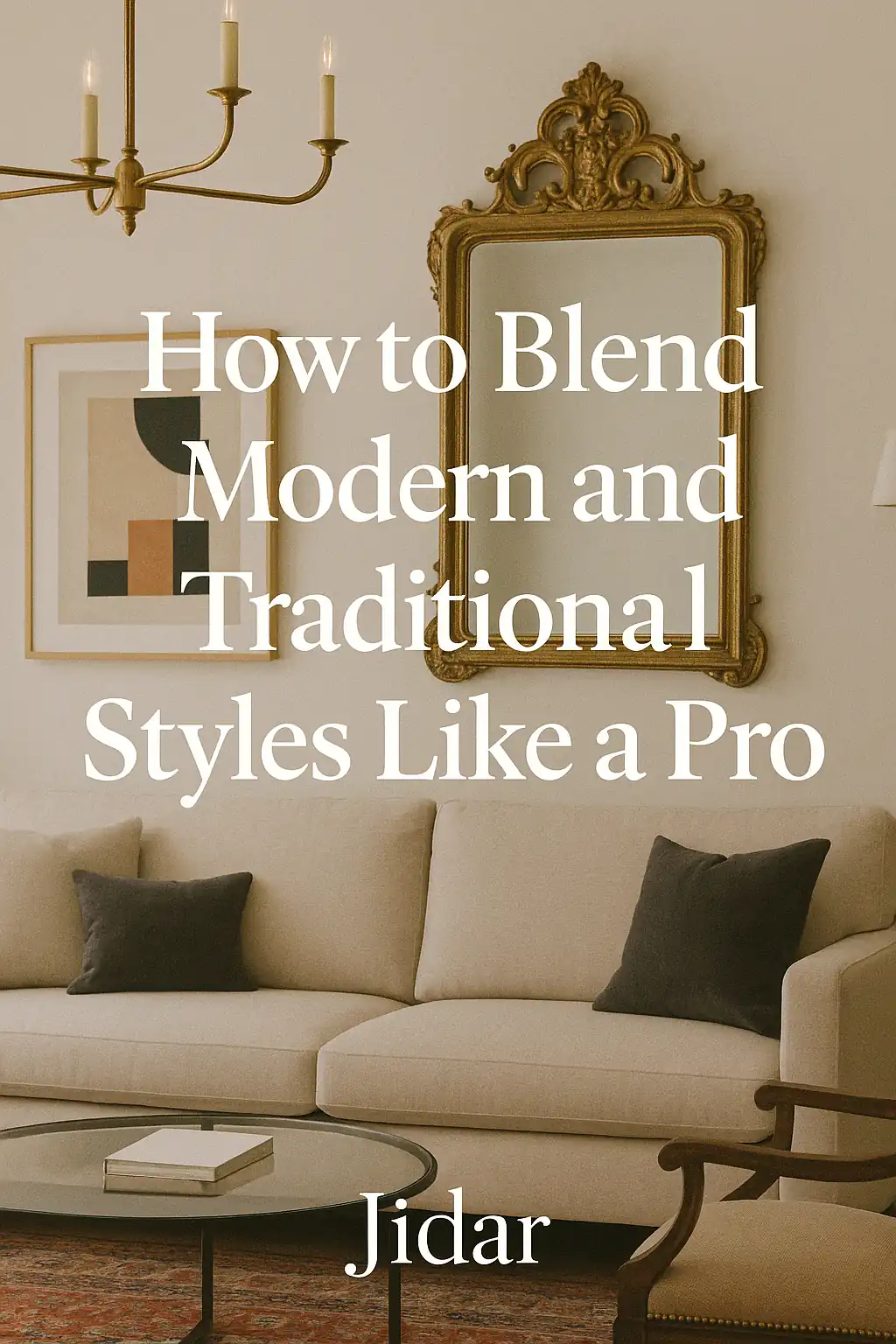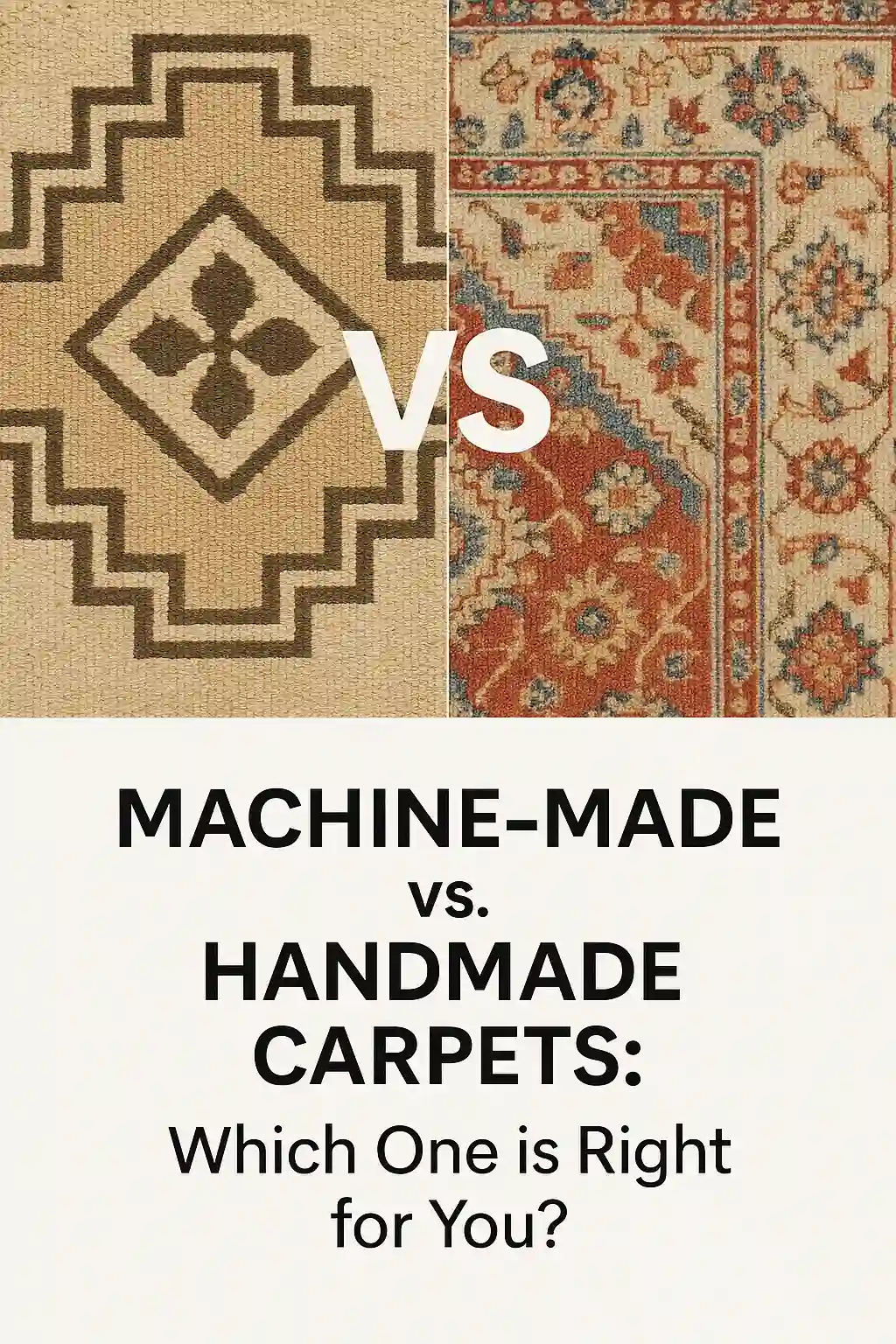Carpet vs. Rugs: What’s Best for Different Spaces?
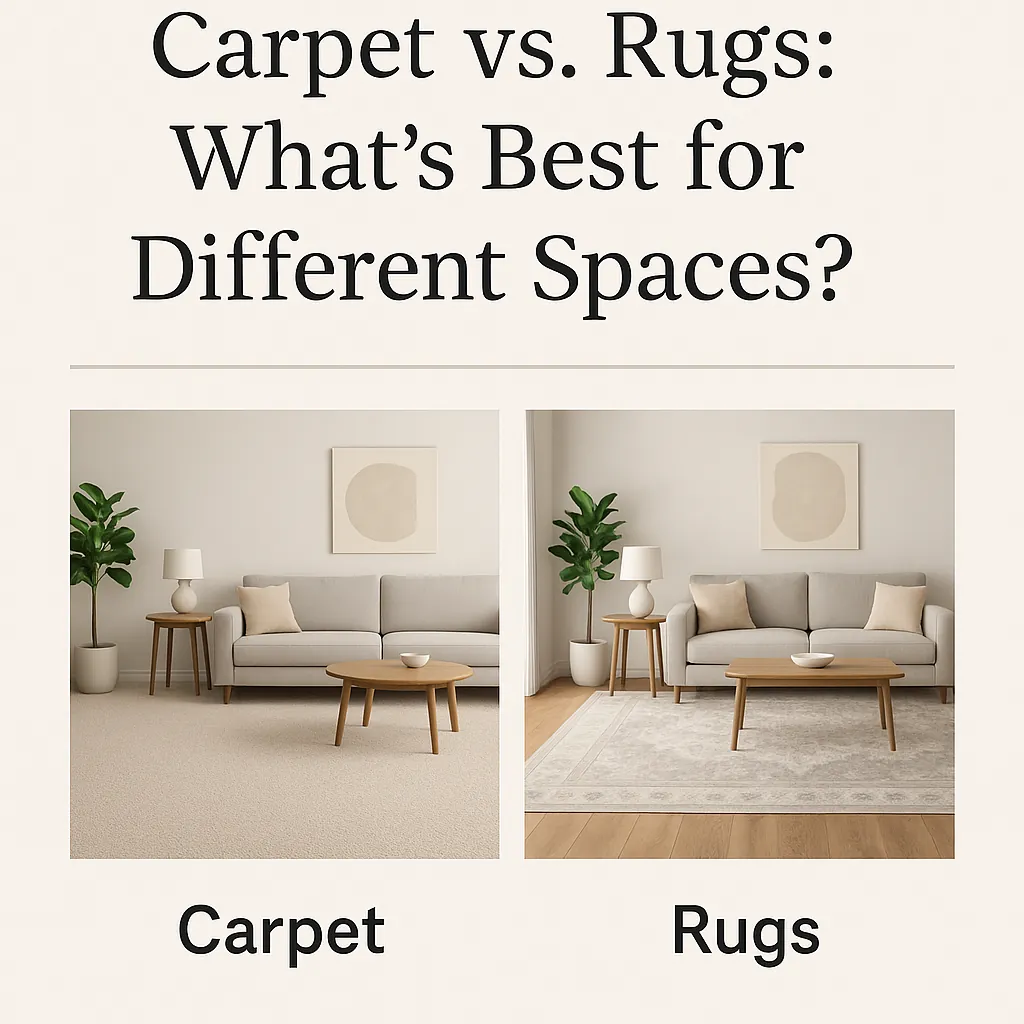
Carpet vs. Rugs: What’s Best for Different Spaces?
When it comes to flooring and interior design, one of the most common questions homeowners face is whether to go with wall-to-wall carpets or area rugs. Both options have their charm and benefits, but choosing the right one depends on the function of the room, your lifestyle, and the overall design vision. At Jidar, we help clients across Dubai and the region select flooring that balances beauty, comfort, and practicality.
In this article, we’ll explore the key differences between carpets and rugs, and offer guidance on which works best for different rooms in your home or office.
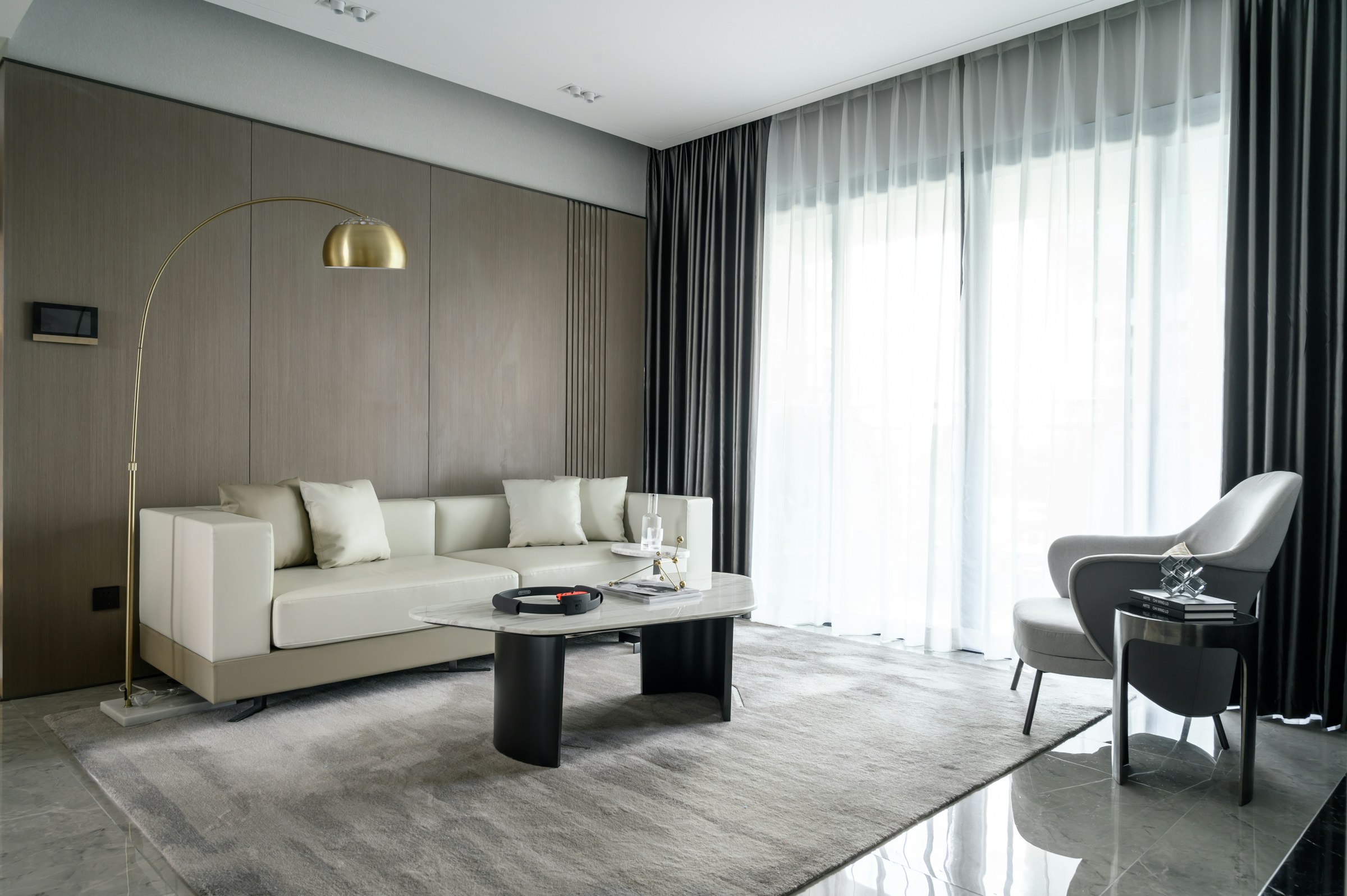
What’s the Difference Between Carpet and Rug?
Carpet usually refers to wall-to-wall flooring that is fixed to the floor using glue or tack strips. It gives a uniform look and stays in place. Rugs, on the other hand, are movable pieces, often used to cover part of the floor, and come in various sizes, patterns, and materials.
Carpet creates a seamless look and often provides better insulation and sound absorption. Rugs, however, allow more flexibility in design, are easier to clean, and can be replaced or moved as needed.
Living Room: Rug for Flexibility, Carpet for Coziness
In the living room, both options can work well depending on the atmosphere you want to create. If you’re going for a warm, cozy feel, wall-to-wall carpet adds comfort underfoot and absorbs sound, making the room quieter and more relaxing.
On the other hand, if your living room features hardwood, tile, or vinyl flooring, a rug can add a stylish accent while still showing off your original floor. Rugs are perfect if you like changing your décor often — they allow you to update the look without a major renovation.
Bedroom: Comfort is Key
For bedrooms, most people prefer the comfort of soft flooring, especially first thing in the morning. Wall-to-wall carpet works beautifully in this space, creating a quiet, peaceful environment.
However, a large rug under the bed can achieve a similar effect. It’s a great choice if you already have wooden or tile flooring and want to add a plush feel without fully covering the floor.
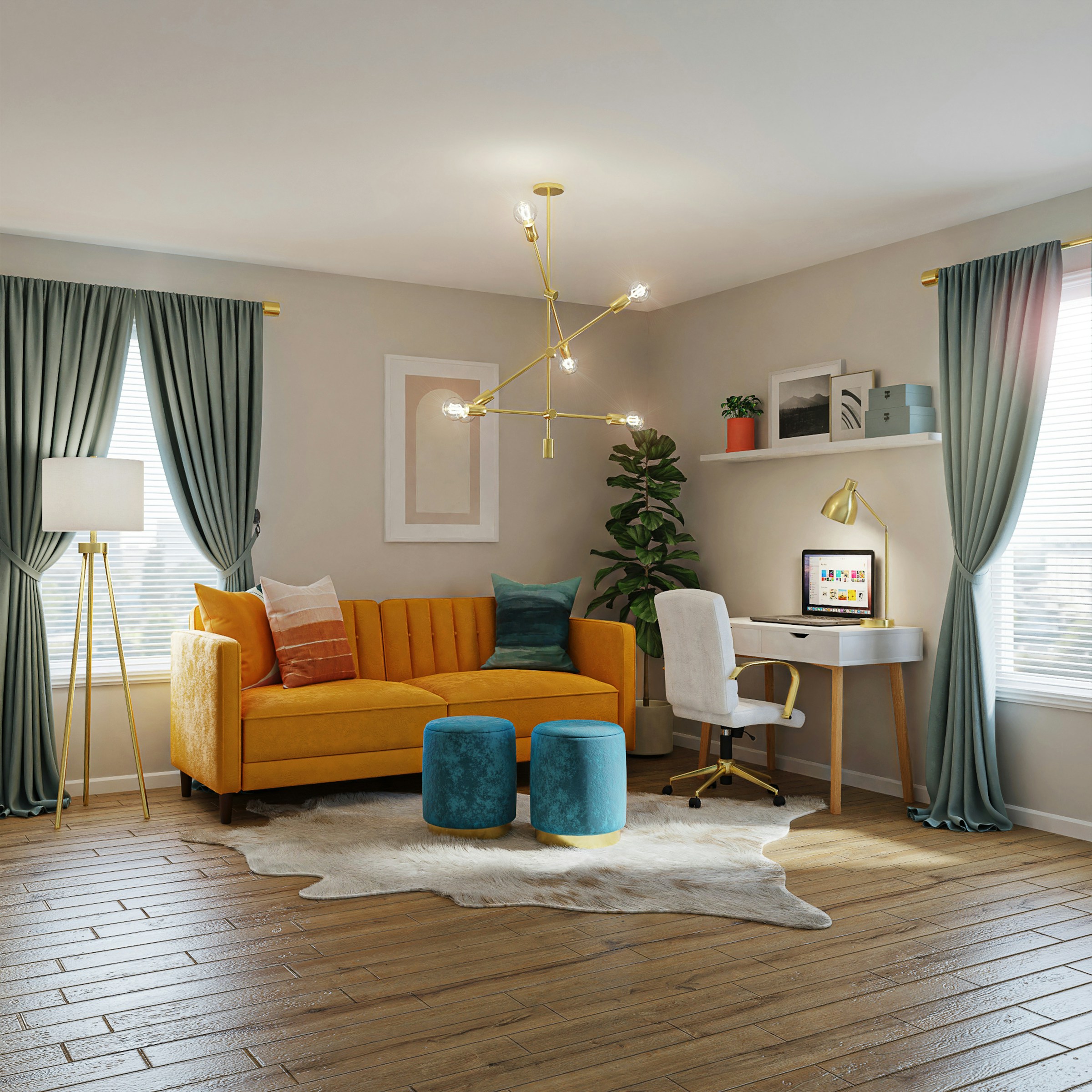
Dining Room: Rugs Are Usually Better
Carpeting a dining room is not very common, especially if you expect food spills or frequent movement of chairs. In most cases, a rug under the dining table is a more practical and stylish solution.
Opt for low-pile rugs or materials that are easy to clean. This way, you get the softness and sound dampening of fabric without worrying too much about stains.
Hallways and Entryways: Rug for Practicality
For entryways and hallways, rugs win in terms of convenience and maintenance. These areas receive high foot traffic, and a runner rug is ideal for protecting the floor and adding visual interest.
Using multiple small rugs or one long runner helps define these spaces, especially in open-plan homes.
Kids’ Room: Carpet or Rug, Safety First
In a child’s room or playroom, comfort and safety come first. Wall-to-wall carpet adds a soft layer that can cushion falls and keep the room quiet. However, you may also consider large area rugs made from natural fibers, which are easier to clean or replace.
Make sure to use non-slip backing or rug pads to prevent sliding.
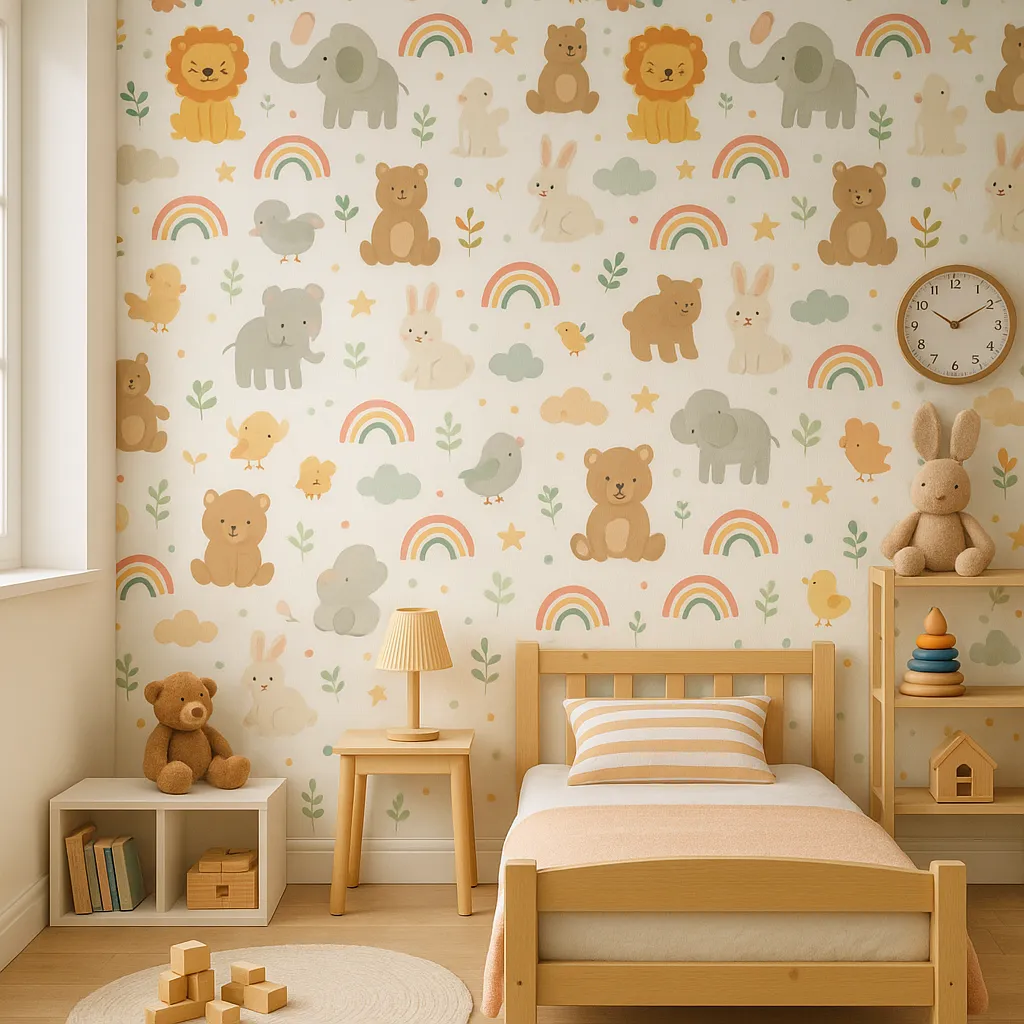
Office Spaces: Depends on the Design
In home offices or professional spaces, both rugs and carpets can work, but the choice depends on your goals. If you want a quiet space with reduced noise, carpet tiles or wall-to-wall carpet offer that polished, uniform look.
But if you want to express creativity or add a design element, an area rug under your desk can enhance the aesthetics while keeping things functional.
Bathrooms and Kitchens: Rugs Only
Carpets are not suitable for bathrooms or kitchens due to the moisture and potential for stains. In these areas, small washable rugs or mats provide enough softness and style while remaining easy to clean and quick to dry.

At Jidar, we help clients find the best flooring solutions to match their lifestyle — whether it’s a cozy family home, a modern office, or a stylish apartment. If you’re unsure which option is right for your space, our design team is ready to guide you through your decision.
Yes, many homes use a combination — carpet in bedrooms for comfort and rugs in living or dining areas for style and flexibility.
Generally, wall-to-wall carpet installation is more expensive due to labor and materials. Rugs are usually more affordable and easier to replace.
The rug should be large enough to fit under the front legs of your furniture, or ideally, all the furniture should sit on the rug for a unified look.
Yes, Jidar provides expert guidance and design for both carpet and rug options. We can help you choose what suits your space best in terms of function and design.
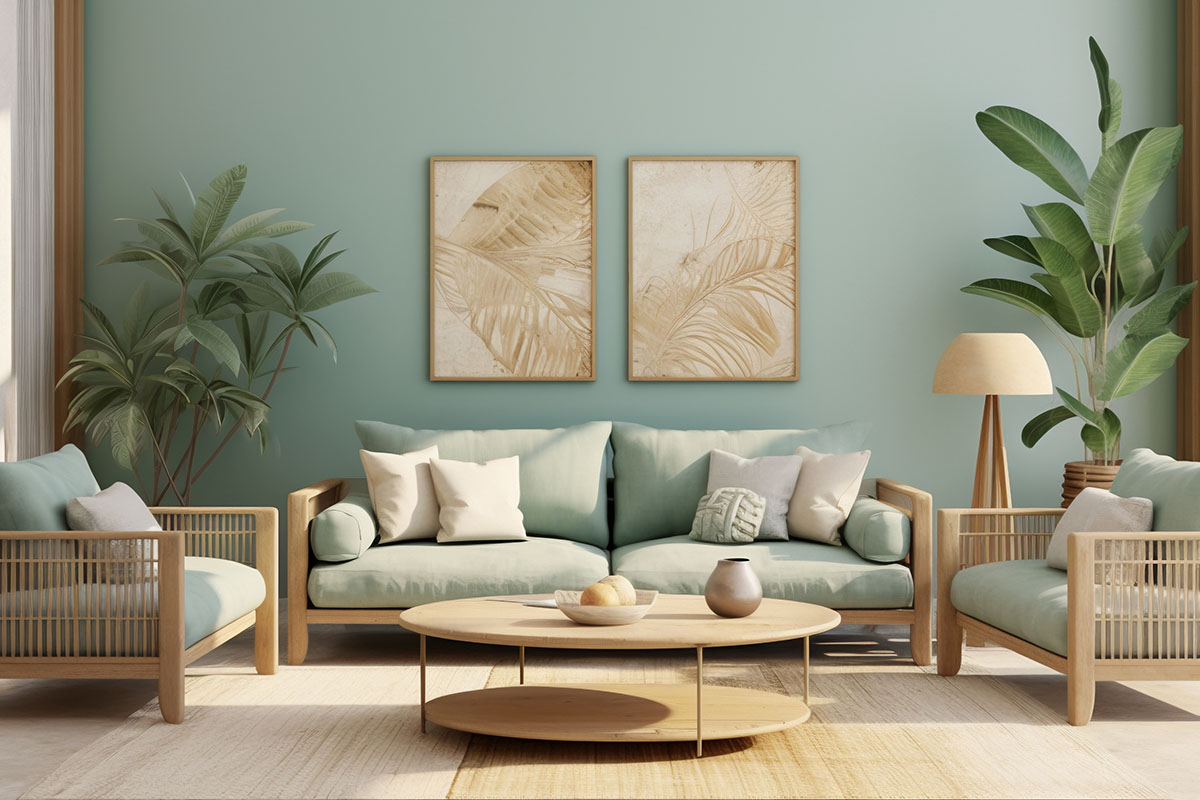
We Operate In Dubai.
We look forward to working with you and creating a stunning home that you and your family will love for years to come!


